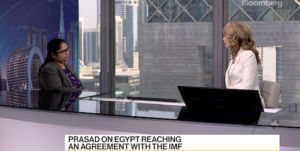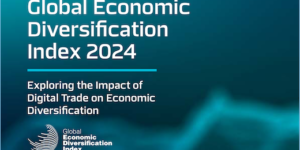DIFC Economic Note 18, The Redback Cometh Renminbi Internationalisation & What to do about it, analyses the growing international role of China which spans trade, investment, foreign reserve accumulation and Sovereign Wealth Funds. Despite the growing economic & financial international role of China, its currency, the Renminbi (RMB) remains largely a domestic currency. There are increasing calls for the RMB to become an international payment, investment and reserve currency. However, the move towards internationalization necessitates the development of an onshore capital market complemented by domestic policy reforms leading to a changed financial structure, with lower dependence on bank financing.
Internationalization of the RMB forms an integral part of the process of capital market development and financial sector reform. To date, there have been three main channels of RMB internationalization: the introduction of the RMB as the settlement currency for cross-border trade transactions, the provision of RMB swap lines between the People’s Bank of China (PBoC) and other central banks and the creation of a RMB offshore market. In this context we estimate that the RMB will emerge as the third global currency by 2015! In addition, the paper also discusses the GCC’s rising stature as a major trading partner for China, underscoring the fact that it is in the GCC’s strategic interest to move towards greater economic & financial integration with China through accelerating the GCC-China free trade agreement, establishing links between financial markets, finance bilateral trade using the RMB and establishing RMB swap lines with GCC Central Banks.
The Redback cometh and we need to prepare for this momentous coming.






